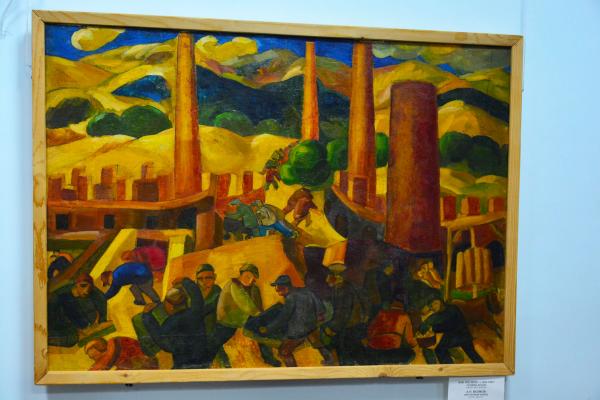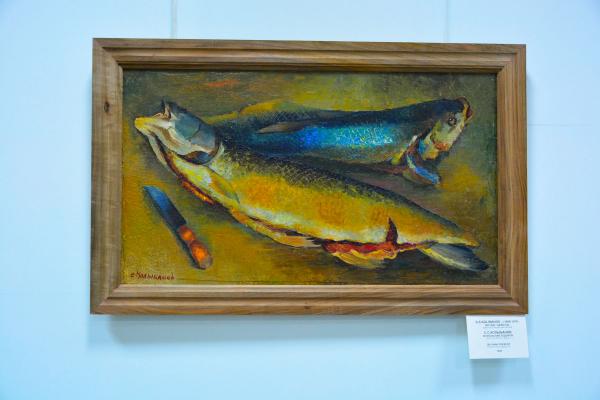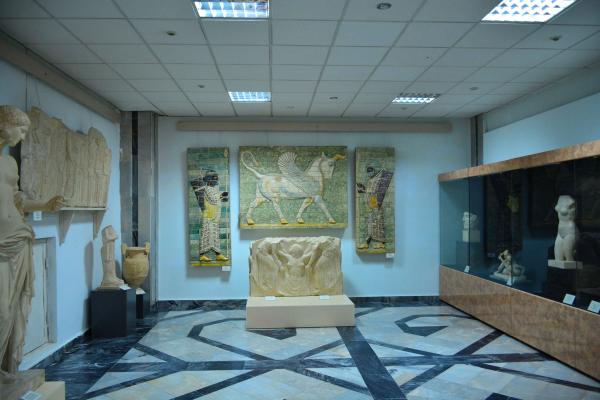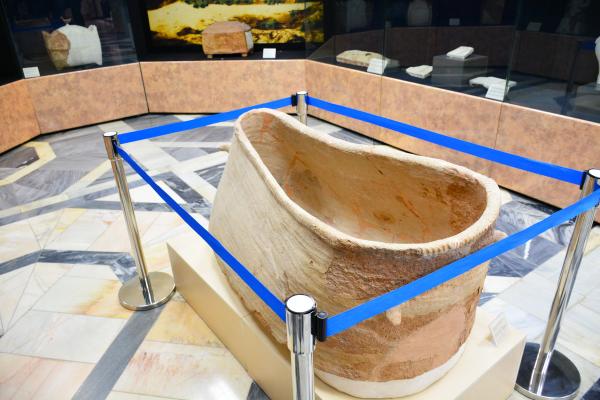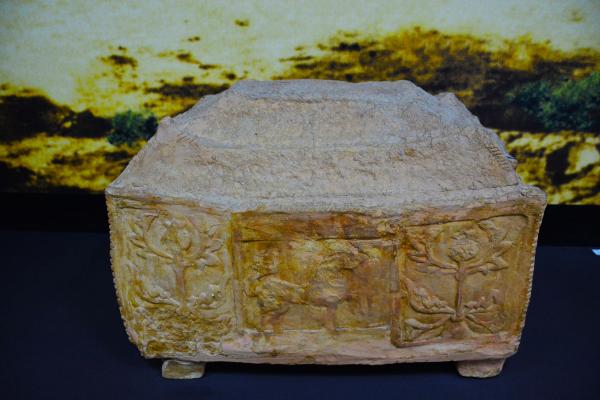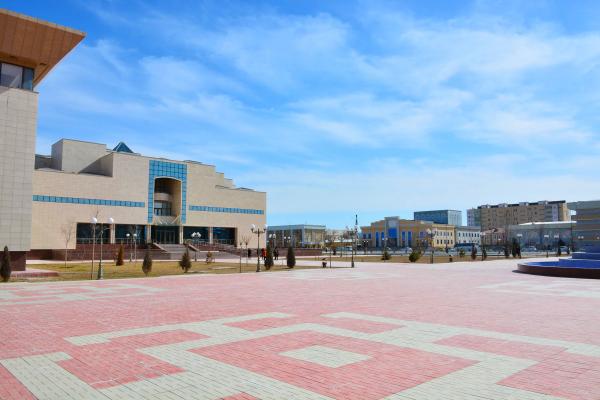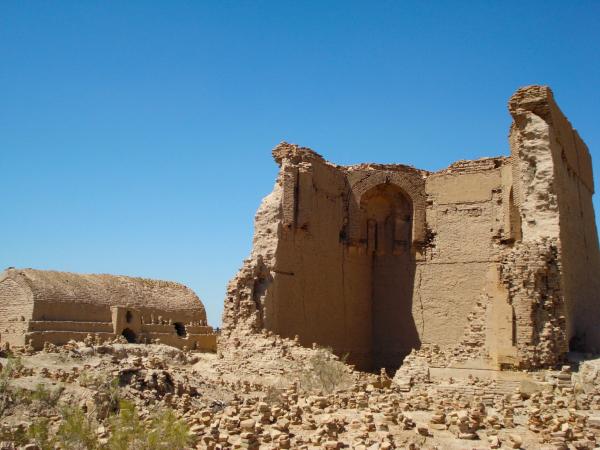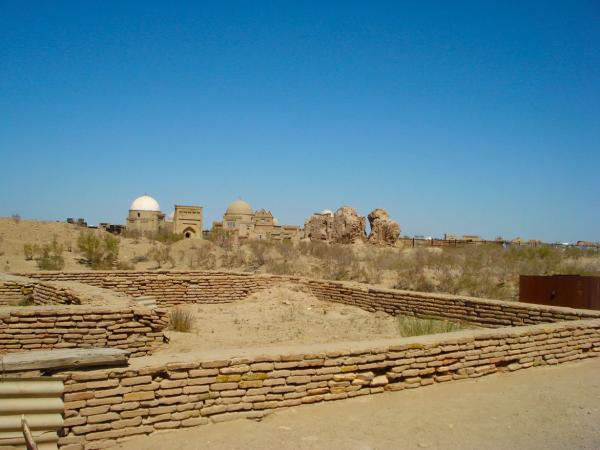Nukus
Nukus is a city strated with a legend.
Once, the Padishah of Khorezm state became so angry with nine court maidens that he forever forbade them to talk with men and get married. The powerful and angry shah ordered to send young girls forever to the places where there is no a single person. The servants of the ruler grabbed the girls and drove them to the wasteland. The girls began to live along the road where the trade caravans of the Great Silk Road went.
It happened that the merchants passing by, secretly met the girls and they soon became mothers. Nine sons were born. They raised them to the strong, fearless men. The sons began to defend their modest possessions from various enemies and went on a campaign. Long fought the men and returned with a victory. Since then, they got the mane "Nukas" - "nine men." So they became the ancestors of the Karakalpak clan "Nokis". And on the place once deserted the glorious city of Khodjeyli (translated - "place of pilgrims") have been founded.
The ancient beautiful legend offered such a scenario of the origin and development of the Karakalpak people. In the future the name “Nukus” got the capital of the autonomous Republic of Karakalpakstan, which has been part of the Republic of Uzbekistan since 1936.
Historical studies prove that the city of Nukus was founded on the site of the ancient settlement Shurcha, which existed from the 4th century BC to the 4th century AD, and in the 1860s, the village of Nukus appeared in its place. The main occupations of the inhabitants of Nukus were cattle breeding, agriculture and hunting. But at that time the city was not yet the capital of the republic.
After Karakalpakstan was proclaimed a national province and the Amu Darya district joined it, the city of Turtkul received the status of a regional center. But the city was always threatened with flooding by the Amudarya waters, since Turtkul was located only 12 kilometers from the river. In this regard, the heads of the republic decided to move the capital to a more favorable and protected place. And this place was Nukus. After a year and a half, on April 1, 1932, the citizens of Nukus got the honor to call their city the capital.
Today, except of the Karakalpaks, there are representatives of the various nationalities and denominations live in Nukus. Modern Nukus is the economic, scientific and cultural center of the Republic of Karakalpakstan. The city has a fairly high level of infrastructure and tourist industry. There are numerous hotels, restaurants, shopping centers, cinemas and other cultural and entertainment facilities offering quite good service to tourists and the guests of Nukus.
Nukus, like any ancient city of Central Asia, is proud with a large number of centuries-old heritage, including architectural monuments and fortresses of Toprak-Kala, Kavat-Kala, Ayaz-Kala, Kizil-Kala, the ancient necropolis of Mizdahkan, the mausoleum of Koy-Krylgan-Kala, Zoroastrian Dakhma Chilpyk. In addition, in Nukus there is a museum of local lore Berdakh. And, of course, tourists should not miss the world-famous State Museum of Art of Igor Savitsky, who collected the second largest and most important in the world collection of Russian avant-garde.
Mizdakhan Ancient Necropolis
Chimbay village - yurta (nomad's tent) workshop

